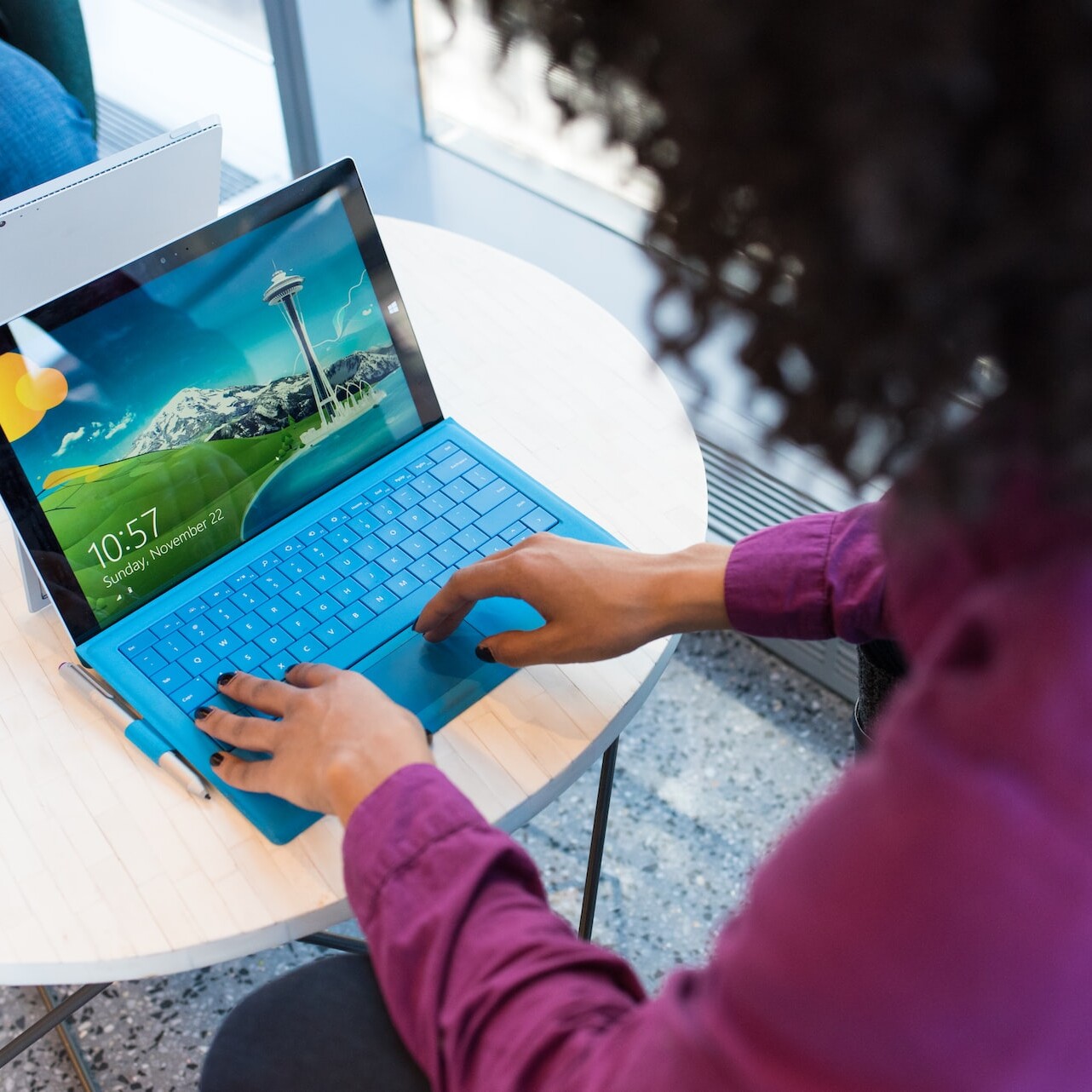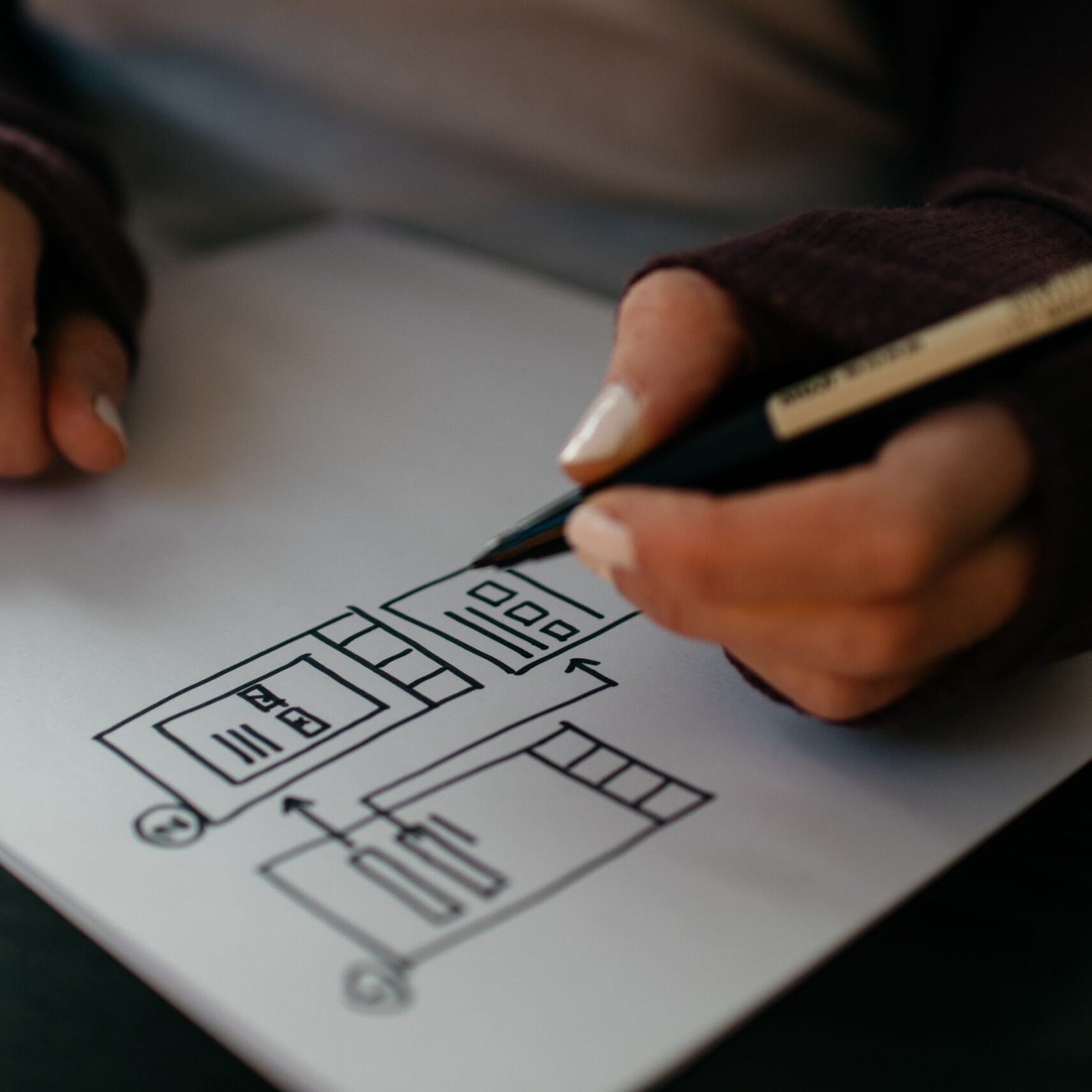Designing Sites for Better User Interaction
The web design community and industry places a lot of importance in visual design and user experience today. It’s not just about impressing users with the visuals. It’s also about making sure they had a great experience that they would want to come back to. But what if one of your biggest goals is to also get as much interaction from your users? This calls for more a step beyond visual and UX design. Here are some ideas for creating more interaction.

1. Create an Intuitive User Interface – The most important thing you need to do is to make interaction easy. The key to making this happen is to make your website easy to use. Make sure your user interface is intuitive so that users don’t have to think about what they have to do to do thing that they want to do. It sounds simple and it is. However, many websites still manage to create a complicated or disorganized UI design.
2. Aim for Clean and Organized Web Design – If your goal is to improve user interaction, you’re going to need to create focus and clarity in the user. To do this, you need to make sure that your design is clean and organized. You want to eliminate distractions such as contrasting colors, hard-to-read or inconsistent font, and complex website layouts. Make it easy on the eyes and users will find it natural to interact.
3. Use Help/Feedback Messages – If you have a complex site, you’ll need the proper help and feedback messages to communicate what users need to do. For example, if a user tries to login and enters the wrong information, don’t just bring up a message telling them that the information was wrong. Provide the user with clear instructions on how to retrieve their information.
4. Go For Engagement – Having a beautiful design and intuitive user interface will facilitate interaction but will not create it. If you want interaction, you need to create engagement. This is done partly through your web design and partly through your copy. Elements such as interactive functionalities built on jQuery, engagement devices like quizzes, and fascinating design formats like Parallax will engage users like there’s no tomorrow. Your copy will also need to grab attention, generate interest, be relevant and create value in order to get users to interact with what’s on your website.
5. Present Clear Choices and Directions – When designing your website, you’ll undoubtedly have goals you want to hit whether it’s to collect survey information, generate contact information or create referrals. In order for you to get your desired interaction, you want to provide clear choices and directions so that users can act in the best way possible. To do this, organize your content or functionalities in the correct themes and create a linear pathway that users can follow.
Next Item
Responsive Design Is The Key

Related Articles
Navigating Usability Testing for Effective UX Design
June 19, 2024
The Future of User Experience
March 18, 2023


